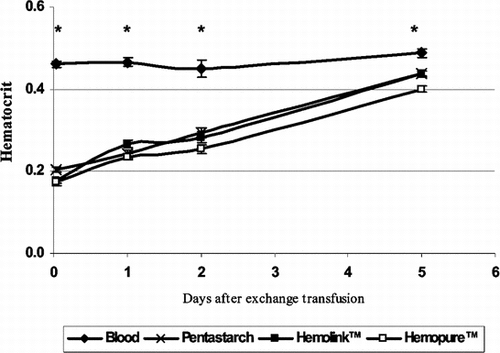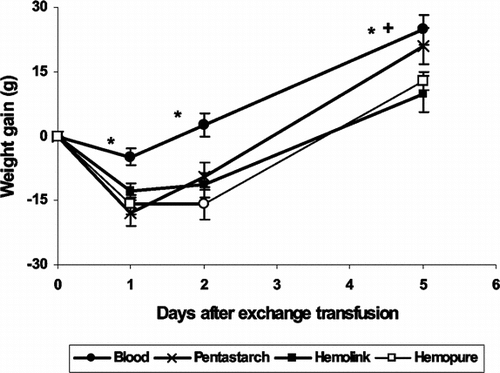Figures & data
Table 1 Characteristics of the exchange fluids
Figure 1 Acute hemodynamic effects of 50% exchange transfusion. (A) Hematocrit. Hematocrit was maintained in control rats that underwent 50% exchange transfusion and received autologous heparinized blood. In contrast, rats that received Pentastarch, or either of the hemoglobin based oxygen carrying solutions (Hemolink or Hemopure), had a >50% decrease in hematocrit. (B) Intra-arterial mean arterial pressure, (C) systemic vascular resistance, and (D) cardiac output. While blood pressure, systemic vascular resistance and cardiac output were well maintained in animals that received autologous blood or either of the hemoglobin based oxygen carrying solutions, animals exchanged with Pentastarch had decreased blood pressure and systemic vascular resistance. In this latter group there was a trend toward an increase in cardiac output. *p < 0.001 vs. blood.
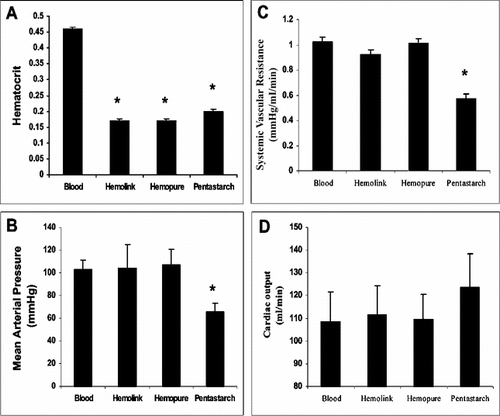
Figure 2 Acute effects of exchange transfusion on renal function. (A) Renal blood flow. Renal blood flow measured by clearance of para-aminohippurate one hour after completion of 50% exchange transfusion. (B) Glomerular filtration rate as measured by clearance of radio-labeled inulin one hour after exchange transfusion. *p < 0.001 vs. blood.
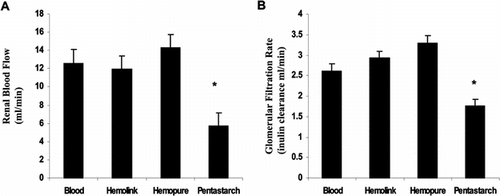
Figure 3 Clearance of plasma hemoglobin after 50% exchange transfusion with crosslinked hemoglobin based oxygen carrying solutions. (A) Plasma hemoglobin. Plasma hemoglobin concentration measured over the five days after exchange transfusion with either Hemolink or Hemopure. (B) Urinary hemoglobin concentration. Urinary hemoglobin concentrations measured during the five days following exchange transfusion with either Hemolink or Hemopure. +p < 0.001 Hemolink vs. Hemopure.
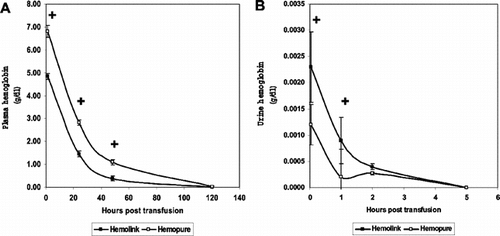
Figure 4 Recovery of hematocrit following 50% exchange transfusion with hemoglobin based oxygen carrying solutions. Recovery of hematocrit during the first five days following a 50% exchange transfusion was used as a measure of erythropoiesis. No differences were observed between HBOC solutions and Pentastarch. *p < 0.01 vs. blood.
